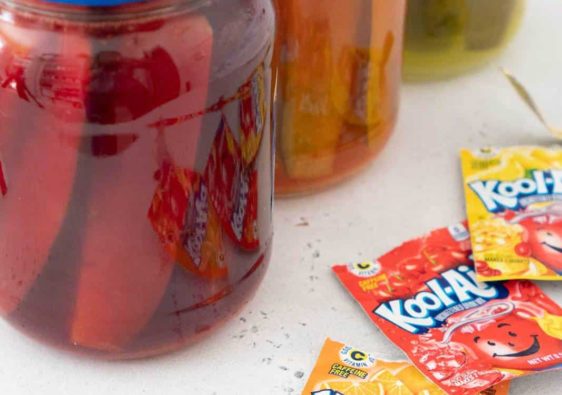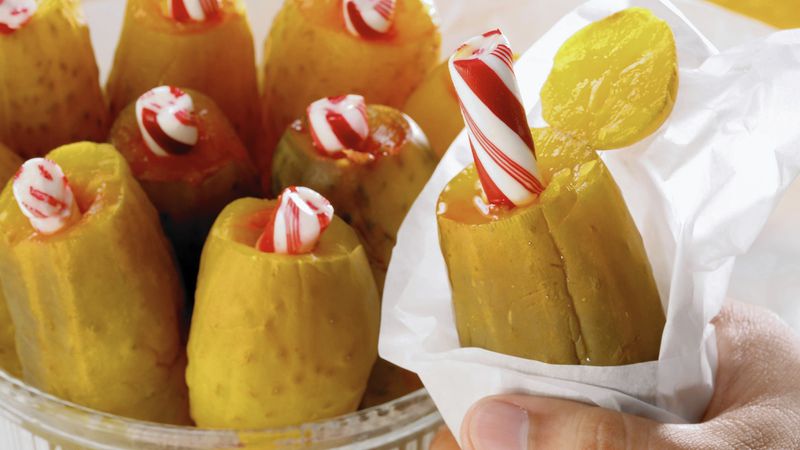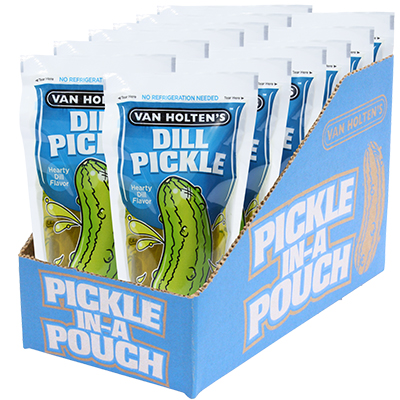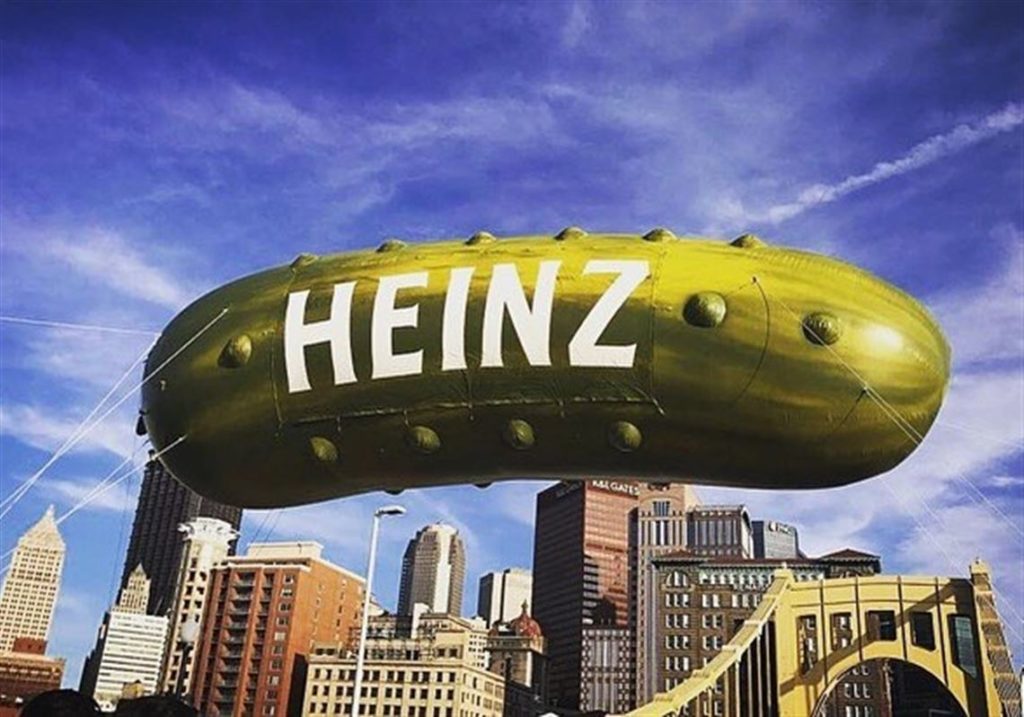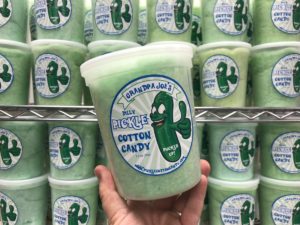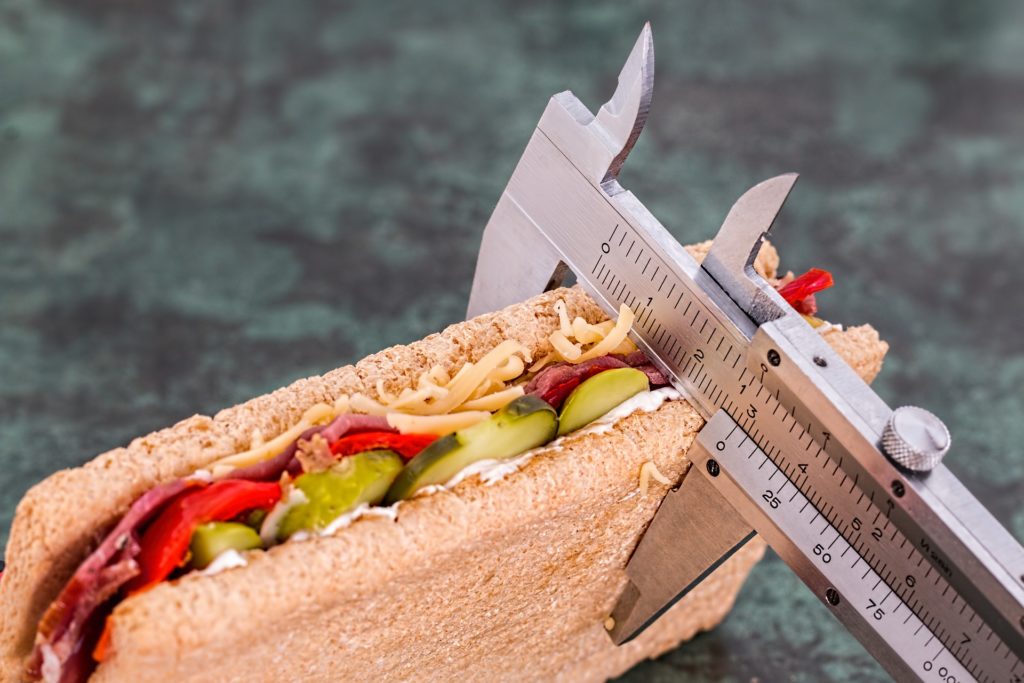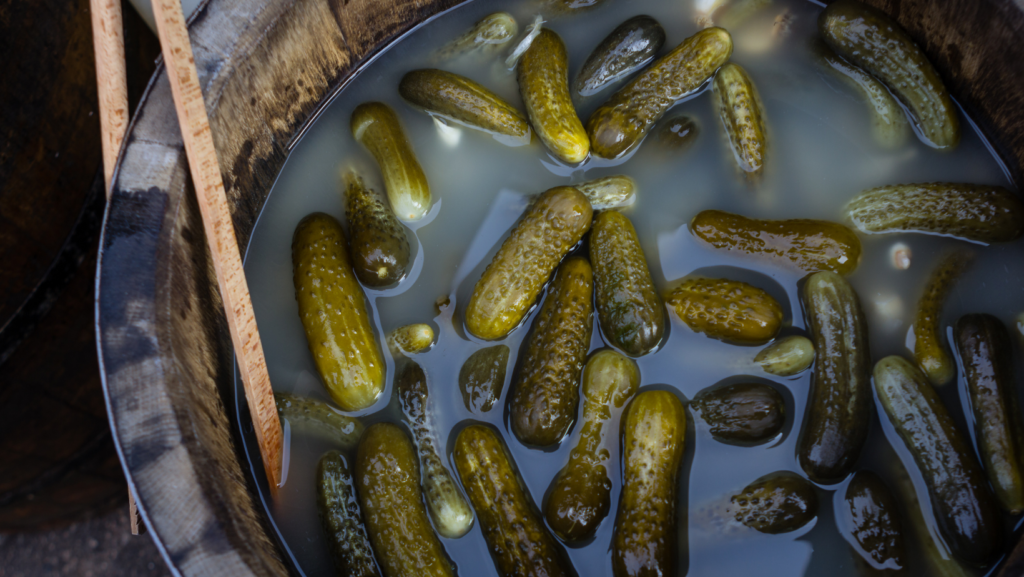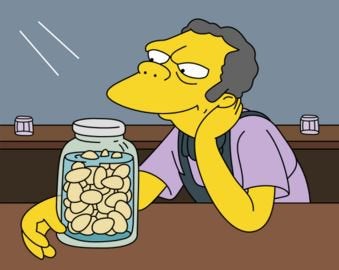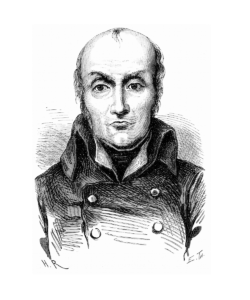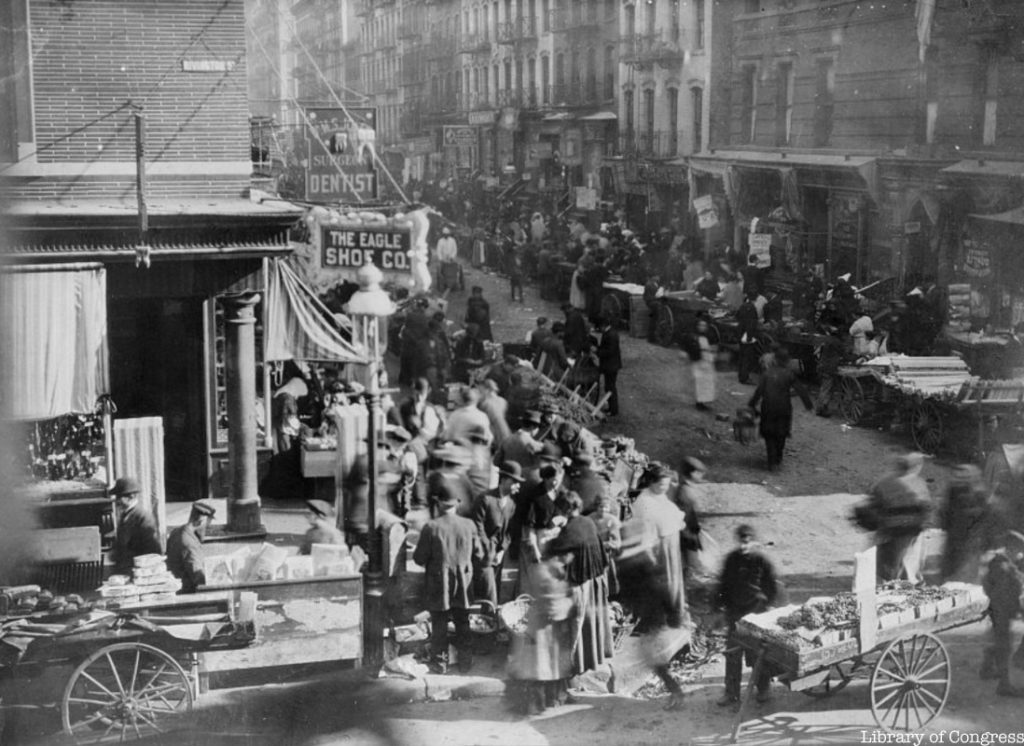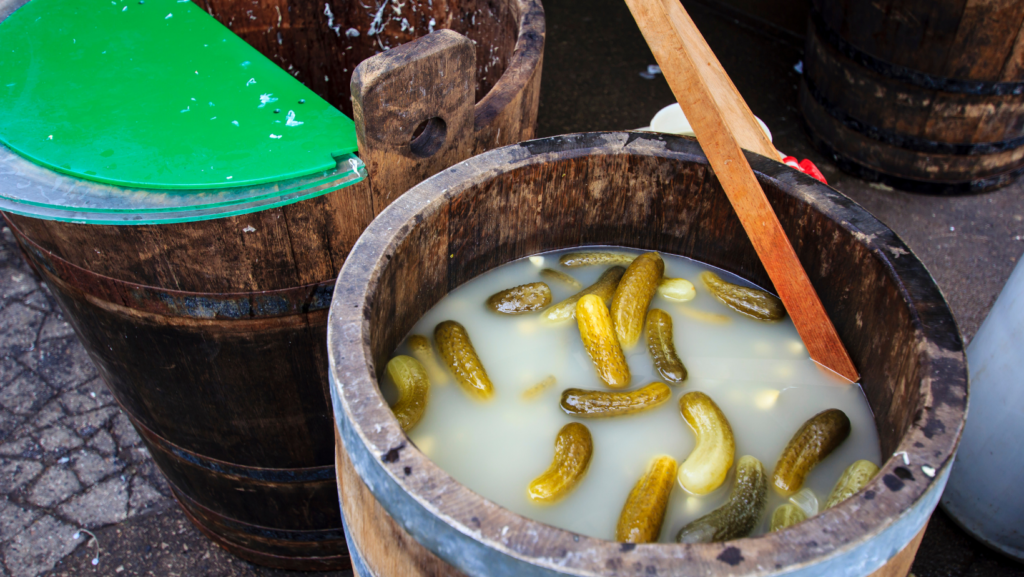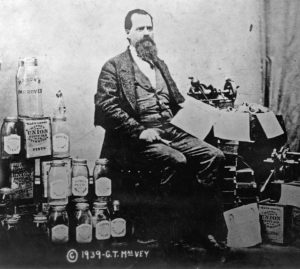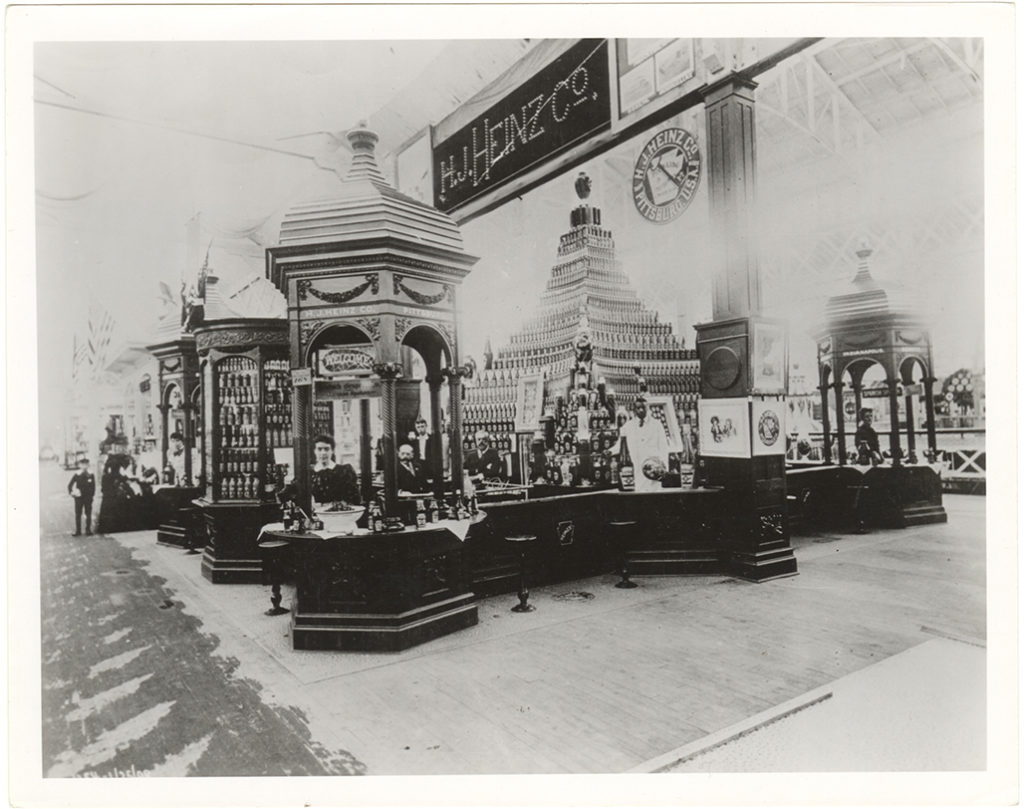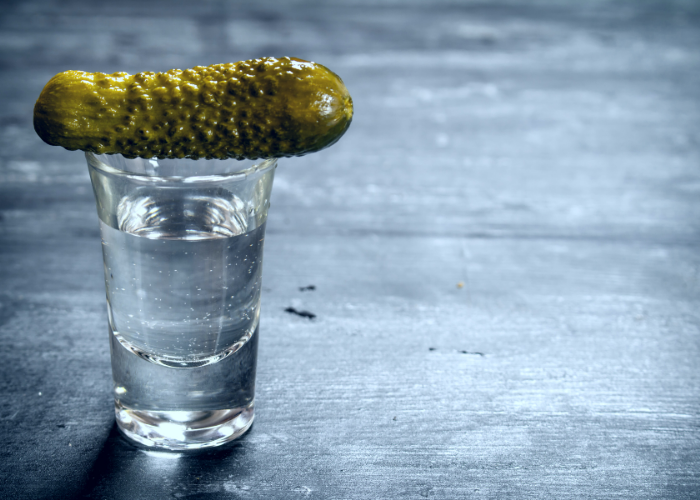5 FUN PICKLE FACTS THAT’LL LEAVE YOU PUCKERED
- By Michael Emeleus
- Published November 25, 2021
- Updated November 25, 2021
- 2 Comments
- Read Time: 10min
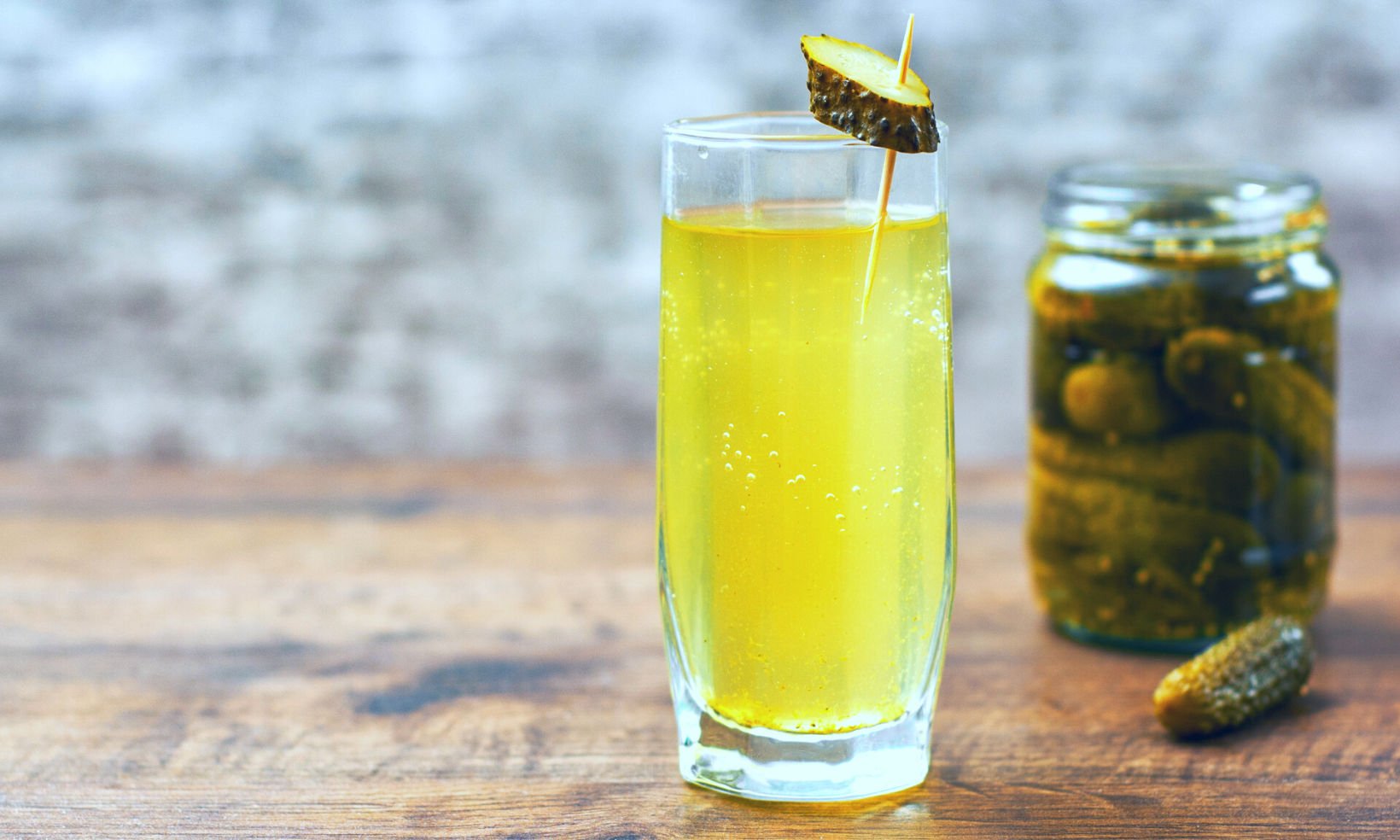
TABLE OF CONTENTS
AFFILIATE DISCLAIMER Some of the links below are affiliate links, meaning that at no additional cost to you, we will receive a commission if you click through and make a purchase. For more information, read our full affiliate disclosure here.
National Pickle Day has passed and Pickle Week is a few months away, but there’s no reason we shouldn’t be celebrating these wondrous things year round. Please check out our recent pickle post here if you haven’t already. Now crack open a jar of your faves and let’s take a peek in the “Pickle Trunk” together to see what fun pickle facts float within. (That was for any Mr. Dressup fans out there.)
KOOLICKLES
Aaah, portmanteau words. From smog to brunch to bromance to hangry, we at The Hungry Herald are up for a finely fused frankenword any time of the day. In the spirit of Brangelina, we thus bring you today’s feature: the Koolickle. That’s Kool-Aid and pickle just to be clear.
Hailing from the Mississippi Delta and with a nebulous history, Koolickles are pickles whose natural brinevironment has been altered by the addition of Kool-Aid and sugar, and which are then left to bathe in said concoction for about a week. The end result is a sweet and sour, technicolor, summer bbq conversation piece that the kids are sure to love. Pretty sure.
All flavours of Kool-Aid are welcome in Koolickling. The red ones tend to be the most popular, while the green ones boast a special radioactive hue that may have you feeling like you’re snacking while inside a cartoon.
Although you probably won’t see them on the shelves of your local convenience store or featured as the dessert of the day on any nearby menus, Koolickles are as easy to prepare as the name suggests. There is of course the original recipe, which involves just dipping a pickle in Kool-Aid powder like a straight-up barbarian, but this will probably leave your guests significantly less impressed.
So if you want the backyard accolades, check this out when you’re ready to “Oh Yeah!” your pickles.
PEPPERMINT STICKLES
Speaking of candied augmentation, another sweet ‘n’ wild riff on pickles exists out there that also seems to trace its roots to the deep south. A practice popular on Chicago’s South Side is the insertion of a peppermint stick — as in a hookless candy cane — lengthwise through the middle of a pickle (preferably individually wrapped). One then snacks on it as the mintiness infuses throughout. We have yet to try this, but our tastebuds’ imaginations are running wild in several outlandish directions at the thought.
To those in the know, it’s one of those special, mysterious traditions, passed on from kid to kid while growing up — the how, where and why not nearly as important as the experience itself.
The pickle of choice for this carnivalesque creation is Van Holten’s. A popular brand in Chicago, they are the purveyors of the “Pickle-In-A-Pouch” format which decidedly facilitates peppermint stickling. The company at one point tried to take this local tradition a little further, indeed too far, when they came out with a peppermint-flavoured pickle. Yeah…
The overall response led to the abandonment of the initiative as well as an understanding on the company’s part that some things are enjoyed not merely for the flavour, but for the very act of combining two things together. Although we haven’t yet tried a peppermint stick pickle, we can certainly see the satisfaction involved in cheerfully tunneling a spirally candy spear through juicy pickle flesh. Gotta be fun.
According to a 2017 article in The Chicago Tribune — one of the deepest dives out there on the subject — the peppermint stick pickle goes back to at least 1940. A tradition that spread through African American communities, it may have first appeared in the Mississippi Delta (where pickles and peppermint sticks are quite common), ultimately reaching Chicago. Along the way, in 1983, a song even popped up recorded by a little-known musician from Nebraska named Vernon Garnett, entitled “Dill Pickle & Peppermint Stick”. Super suggestive lyrics, you’ve been warned.
Whatever their exact beginnings, these things have our attention, and we’re already looking at Christmas candy canes in a whole new, much tangier light. Assuming we muster up the courage to try one, we’re thinking of leaving the hook on for some built-in handle action.
PICKLE JUICE FOR VICTORY
They say Julius Caesar and Napoleon Bonaparte were both strong proponents of the virtues of pickles for keeping their troops vigorous and ass-kicking on the battlefield. Eventually, this attitude would find its way onto the football field as well.
On September 3, 2000, the upstart Philadelphia Eagles thrashed the Dallas Cowboys 41-14 in what was reported to be the hottest — as in temperature — in NFL history. The alleged recipe for success? Pickle juice. Not juiced pickles, to be clear, but the brine in which they sleep.
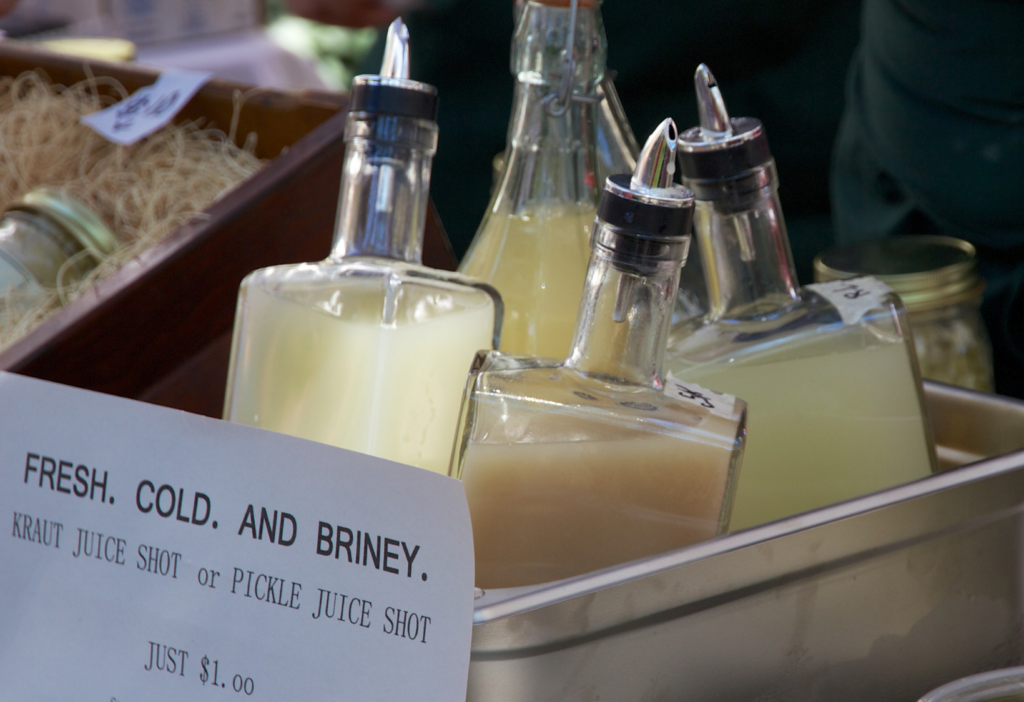
Just before what came to be known as the “Pickle Juice Game”, players were directed by Eagles’ trainer Rick Burkholder to down some pickle juice before hitting the turf, which was allegedly sizzling away at 150 ℉ (65℃)! The pickled players seemed comparatively fresher and more energized throughout the game than their adversaries, while all around managing to avoid cramping. The Eagles’ victory was roundly credited to the magic potion, leading defensive end Hugh Douglas to enthusiastically claim, “I may start drinking pickle juice when I’m just sitting home chilling.”
The electrolytic virtues of the sodium and potassium in pickle juice are factors to be considered here, but a study done at Brigham Young University points to another component. It involved college students on exercise bikes pedalling straight to “Crampville”, who were then given either deionized water or juice strained from a good old jar of Vlasic’s. The pickle portion of the study did remarkably better in terms of cramping. Researchers concluded that this may be due to the vinegar in the juice acting on nervous-system receptors in a way that inhibits the mechanisms causing cramps.
The science around this is still unclear, but whatever the case, it probably couldn’t hurt to take a little hit from the pickle jar before that next squash game, Zumba class or fight club meeting. There are even “pickle juice” energy drinks available these days, although there don’t seem to be any actual pickles involved. Now in “extra strength”! No joke.
NEXT STOP, PICKLESBURGH!
It has come to our attention that pickle-induced heroics are not exclusively reserved for the fields of battle and football. In the fair town of Pittsburgh, Pennsylvania, at a very special time of year, if you drink a copious amount of pickle juice in just the right amount of time, you can become mayor. Mayor of Picklesburgh.
Since 2015, the “City of Bridges” has played host to Picklesburgh, a festival so unapologetically devoted to the pickle that it consistently features a 35-foot Heinz specimen in balloon form, floating above the crowd. Several days of sweet and sour revelry await you at Picklesburgh, the main event being the Pickle Juice Drinking Contest, a showdown between a panel of masochistic, aluminum-stomached, T-shirt-clad gladiators, all vying for the honour of becoming mayor of the whole thing.
How does one get “in office”, you ask? Simple. The participant is presented with a jar containing roughly one quart of pickle juice, which they must then chug as fast as their little souls will allow. Excessive spillage and/or regurgitation are grounds for disqualification, as is any unsportsmanlike behaviour. We shudder to think what kind of juiced-up shenanigans have gone on in the past at this event because really, you never know what the brine might do to you.
The person who chug-a-lugs best is declared, by a selection of distinguished judges, Mayor of Picklesburgh (details of mandate unclear), and is thanked for their service with a cash prize of $500. Just enough to cover the antacid costs.
As exciting as all of that is, make sure to check out the many amazing food and drink vendors that tie Picklesburgh together. We’re talking everything from kimchi grilled cheese to dill pickle pierogies to pickle fudge pops. A Pickle Paloma to wash it all down? It’s what the mayor would want.
STEP AWAY FROM THE JAR AND SHOW US THE BOUNCE
Have you ever opened a fresh jar of pickles and then checked for quality by letting one fall to the kitchen floor to see if it bounces? Neither have we. But legend has it that if you do, and it doesn’t bounce, and you find yourself in Connecticut, you might be standing in the middle of a crime scene.
A cursory search of interesting facts about pickles on the internet will undoubtedly lead you to the recurring claim that there is a law in Connecticut that states that a pickle must bounce to be considered a pickle. The thing is, there’s no indication of such a law anywhere, a vexing situation that eventually led reference librarians at the Connecticut State Library to pool their resources and get to the bottom of the bounce.
The investigation led to a 1948 article in the Hartford Courant detailing the arrest of some pretty shady pickle packers. Sidney Sparer and Moses Dexler were apparently caught by authorities trying to pass off some sub-par pickles on an unsuspecting public. Laboratory testing was conducted, but what really stuck was an unusual statement made by Frederick Holcomb, the Connecticut Food and Drug Commissioner at the time.
He claimed that in addition to lab testing, another test was done to reach the verdict of guilty. According to Holcomb, for a pickle to be fit for human consumption, it needs to bounce when dropped from a height of one foot. Sparer and Dexler’s pickles did not. They were fined the maximum penalty at the time for their crime, 500$, and their poor pickles were summarily trashed.
What rigorous science led to the idea of the bounce test is unclear, but once the strange claim was made and the perpetrators fined, people just figured that there was a law. There isn’t. So next time you see someone bouncing kosher dills across the linoleum, tell them they can forget the lawsuit. Try hot coffee instead.
IF YOU PICKLE IT, THEY WILL COME
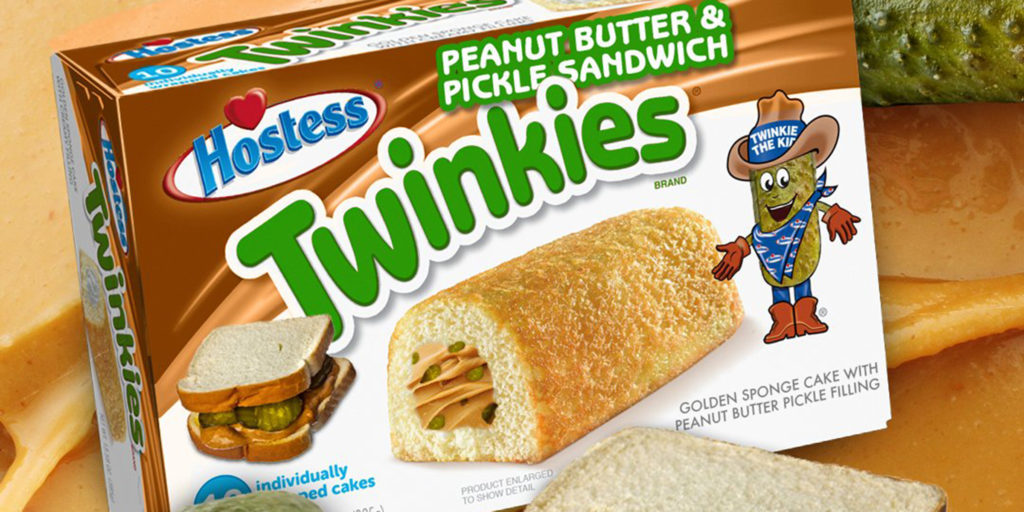
We remember a time when we thought pickled watermelon rinds were a bit “out there”. For the record, they’re perfectly normal, a great way to keep picnic waste to a minimum and the internet is bursting with recipes for them, so get rinding. There are, however, far less natural things hiding in the underbrine, and we just wanted to quickly fire a few oddities your way before we go. Think of this as a kind of pickled loot bag.
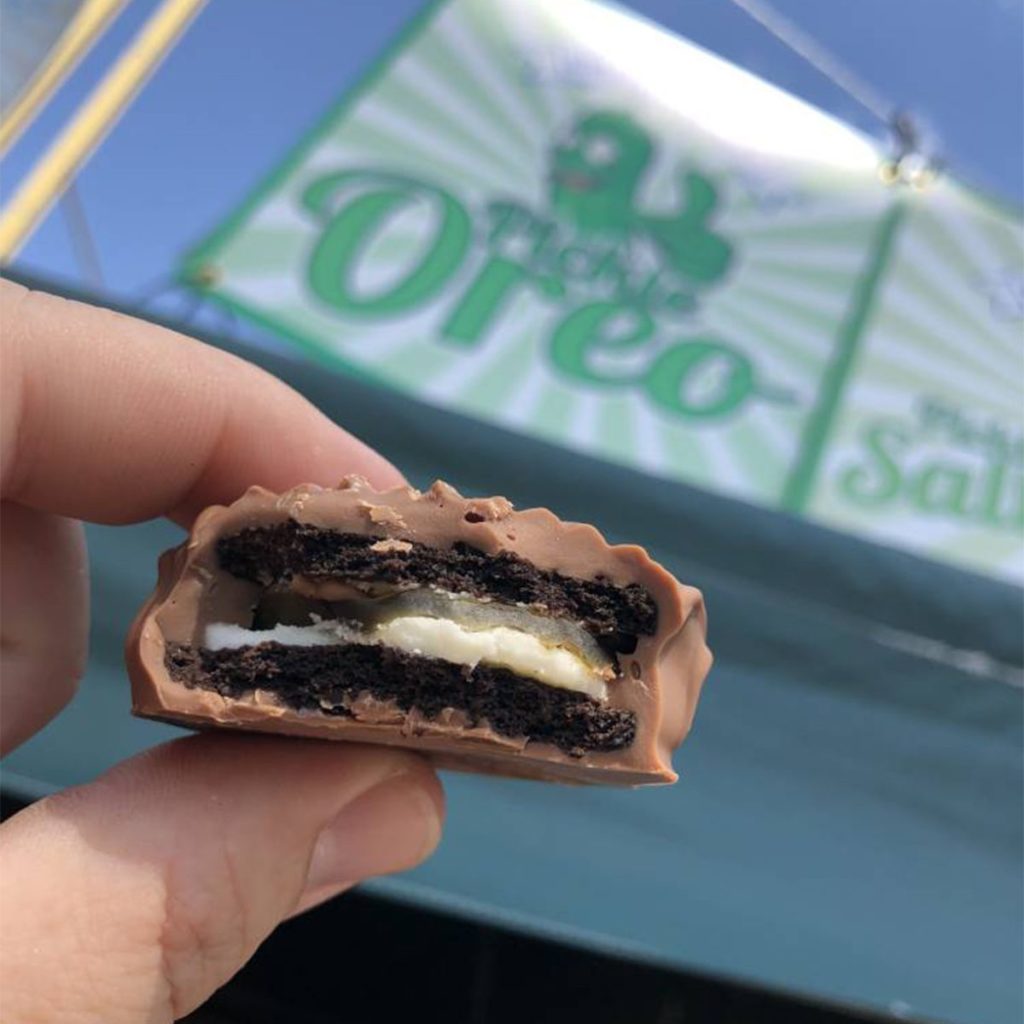
Chocolate-covered pickle-stuffed Oreos. Pickle cotton candy. Pickle ice cream, freezer pops and slush. Peanut Butter & Pickle Sandwich Twinkies. Pickle soda. Pickle beer. Pickle-flavoured vodka. Pickle whiskey. Pickle brine in a can if you just want to get straight to the point. Sandwiches where the bread is pickles. Pickle Doritos.
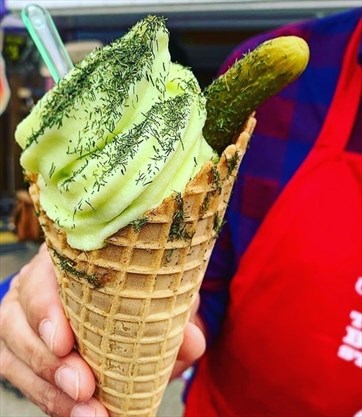
Ok, that last one is pretty straightforward, but speaking of Doritos, you should know that they recently teamed up with Mountain Dew to make, you guessed it: Mountain Dew-flavoured Doritos. If this doesn’t scare you, back in 2014, the roles were most disturbingly reversed and a product by the name of “DEWitos” was tested on students at undisclosed colleges. Again, you guessed it: Doritos-flavoured Mountain Dew. More like “Mountain Don’t”. Although it was mercifully discontinued, we hope those kids are alright. That being said, we’ll just stick with the pickle stuff, thank you very much.
Michael Emeleus
NEVER MISS OUT
BE THE FIRST TO GET OUR LATEST POSTS
SIGN UP FOR OUR MONTHLY NEWSLETTER TODAY!
RECENT POSTS

A NEW CASANOVA

BEANS OF LIGHT

FISH SOUP IN PARADISE
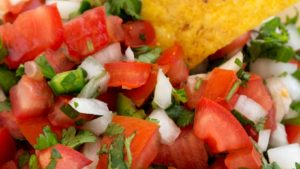
PICO DE GALLO

A ROUND FOR ROBBIE: TOASTING A TRUE FINE TASTER



